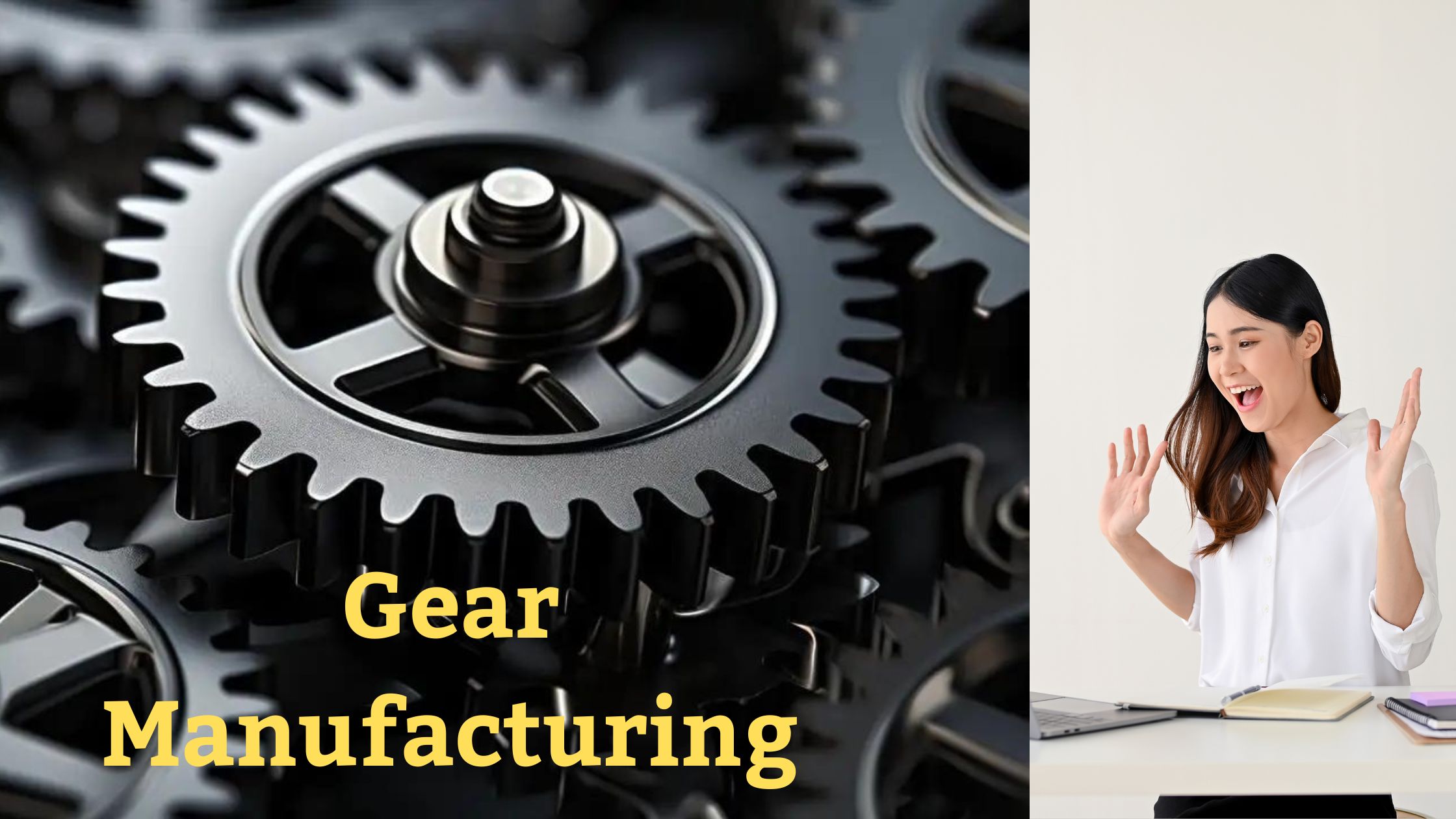Next level Underwater Robotic
Next level Underwater Robotic exploration and production, as well as the inspection of significant infrastructure, including bridges, dams, pipelines, oil rigs, military uses, and communication systems, have long been the focus of submersible robotics research. A crucial component of national security, underwater infrastructure is frequently in danger, particularly the parts that are subjected to corrosive and hostile ocean conditions.
Also Read: The Future of Lean Water Spider
Underwater inspections carried out by robotics are considerably safer and less expensive than those carried out by human divers. Additionally, they offer full, comprehensive imaging, real-time data for 3D modelling, enhanced access to formerly unreachable places, including within pipelines, and higher precision in identifying structural problems.
There are many obstacles in the accounting industry, but automation is one that has never been easy. Though technology has its limits, robotic process automation (#RPA) has brought great success to the commercial sector. Intelligent Automation (#IA) is the next stage of automation. IA is a more advanced RPA variant. AI-powered IA uses artificial intelligence to advance RPA. This reduces the need for human involvement, boosts automation, and allows for more intelligent decision-making throughout automation operations. RPA and IA have several uses in the accounting field.
Robotic Process Automation: What Is It?
The practise of automating repetitive processes that are typically completed by people is known as robotic process automation. This includes repeated tasks that might take a long time to do, such data entry and processing. This boosts efficiency and production across the board for the company. RPA is ideal for repetitive jobs. Workers can concentrate on more complex tasks with RPA, which boosts productivity and produces higher-quality work. Though it sounds revolutionary, intelligent automation outperforms robotic process automation in terms of capability.
What distinguishes IA from RPA?
Rule-based procedures are the engine of RPA, which is process-centric. A bot’s assigned processes are simple to establish and seldom alter. The bot follows preprogramed steps that instruct it to perform process B when process A is finished, and so forth. Software robots require organised data and instructions on how to do tasks. And only operate under established guidelines.
However, IA leverages a great deal of technology in order to function properly. RPA and artificial intelligence (#AI) are two of these. Information may be intelligently extracted by IA from unstructured data, including handwritten purchase orders, delivery slips, and scanned bills. Furthermore, IA becomes better over time by learning how to make processes smarter and more efficient thanks to machine learning (#ML).
What advantages does IA offer?
- Savings of money and time.
- Automated extraction of data from unstructured invoice data.
- Employee concentration on high-value jobs will increase productivity.
- Enhanced productivity because automated procedures may operate 32 times quicker than human ones, according to UiPath.
- Increased precision.
IA has the power to significantly impact the accounting industry. Beware of the coming revolution!
With this knowledge, we hope you will have a better understanding of how IA may simplify your accounting life. If you have any questions or comments, please don’t hesitate to get in touch with us. We look forward to hearing from you! If you’ve been considering putting robotic process automation into practise.



